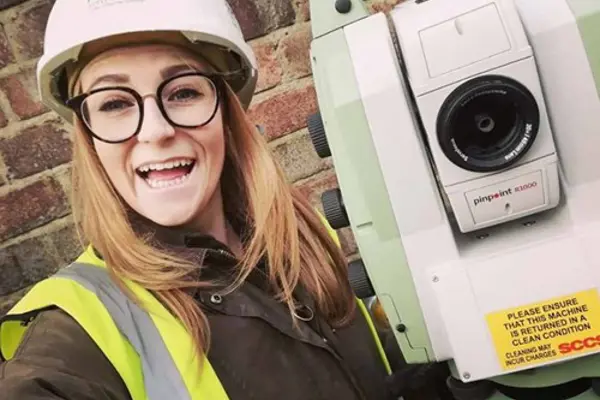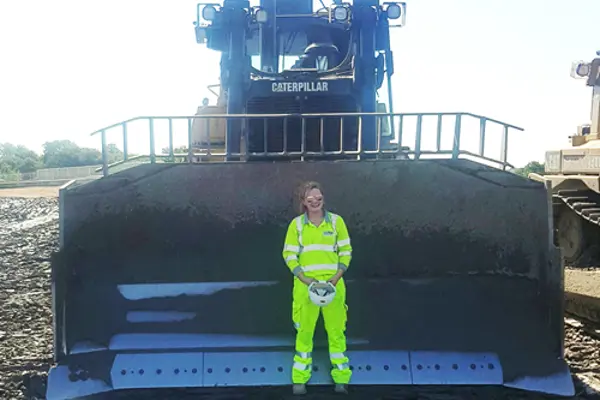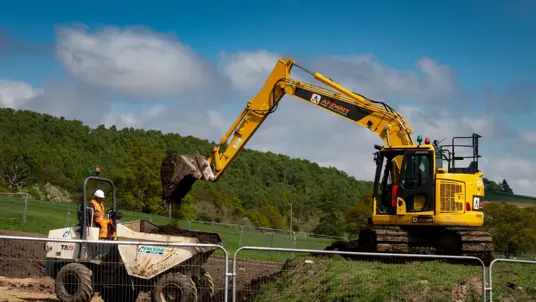What jobs are right for me?
Have you ever thought about?
With so many roles available in construction it can be hard to know where to start, why not learn more about these career options...
What it's like to work in construction?

More about Lauren Holland
Land Surveyor

More about Daniel Young
Trainee CAD Technician

More about Jaeger Petry
Plant Operator

More about Jake Horoszczak
Apprentice Bricklayer

More about Ella Sherrington
Commercial Apprentice

More about Verse Abudar
Graduate Apprentice Engineer
Land Surveyor

Manage your cookie preferences to view the content on this page
Trainee CAD Technician

Manage your cookie preferences to view the content on this page
Plant Operator

Manage your cookie preferences to view the content on this page
Apprentice Bricklayer

Manage your cookie preferences to view the content on this page
Commercial Apprentice

Manage your cookie preferences to view the content on this page
Graduate Apprentice Engineer

Manage your cookie preferences to view the content on this page


